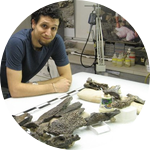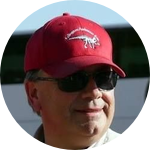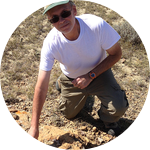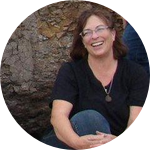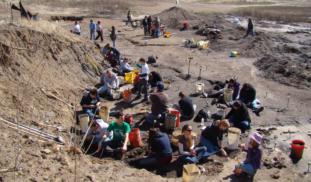Please wait...
About This Project
Texas was a very different place 95 million years ago. Dinosaurs and crocodiles dominated a lush coast, preserved as a rich fossil bed in Dallas-Forth Worth called the Arlington Archosaur Site (AAS). This site provides an unparalleled glimpse into life during the Cretaceous, but it is also threatened by urban development. With your support, we can continue researching this
More Lab Notes From This Project

Browse Other Projects on Experiment
Related Projects
Excavating dinosaurs from the Late Cretaceous Almond Formation of Wyoming
In 2021 and 2023 we surveyed the Late Cretaceous Almond Formation of Wyoming for fossils. We discovered...
Documenting the dinosaur ecosystem of the Late Cretaceous Almond and Rock Springs Formations
The Late Cretaceous Almond Formation has been known to produce dinosaurs since 1937. Still, the fauna it...
Exploring the poorly studied Late Cretaceous Almond Formation for dinosaur remains
We are leading an expedition to the Late Cretaceous Almond Formation of Southwestern Wyoming. Our goal is...
